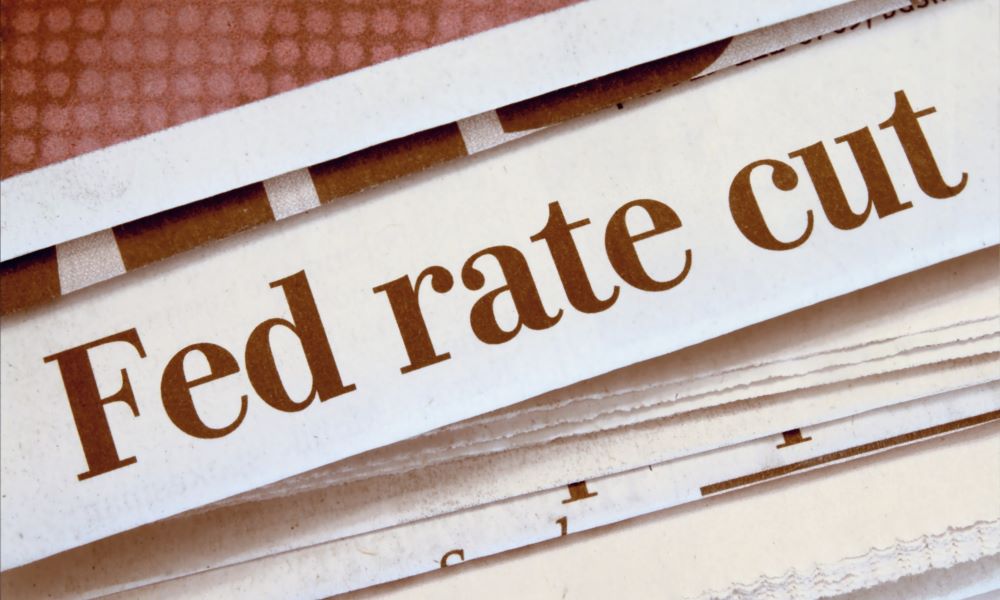This year has not been an encouraging one in the sense that way back in March it was being predicted that Fed could engineer three cuts amounting to 75 basis points (bps) in 2024. That is not happening and a zero-rate cut situation could be a big disappointment for the US, India and others, at least sentimentally.
The Swiss National Bank jumped into the bandwagon, cutting its policy rates by 25 bps just recently even as the Bank of England decided to maintain a status quo in the June monetary policy. The development comes on the back of the European Central Bank (ECB) and Bank of Canada deciding to finally bite the bullet by cutting policy rate by 25 bps in their respective June monetary policies earlier this month.
On Thursday, China left benchmark lending rates or one-year loan prime rate (LPR) unchanged at 3.45 per cent at a monthly fixing in line with market expectations. Meanwhile, the five-year LPR was unchanged at 3.95 per cent. Ratings agency Fitch does not see it coming this year and sees any climb-down after Fed cut.
Meanwhile the largest central bank in the world, the US Federal Reserve, on June 12 said that it was not in a tearing hurry to do so even as it left its rates unchanged.
This shows a deep divide in the thought process of central banks in the developed world and how they see inflation and economy in totality. There is absolutely no doubt that the Fed remains the most important player.
This year has been a disappointment in a sense that way back in March it was being predicted that Fed could engineer three cuts amounting to 75 basis points (bps) in 2024. That is not happening.
It will likely be one this year as is being said and what the dot plot graph indicates. Depending upon which way the wind blows there are big doubts still lingering if there will be any cut at all.
Most major economies are showing resilience not bowing down to the high interest rate regime that has stayed for over two years now. The US economy remains on a stronger footing with a very robust job markets. In the UK too, a similar situation persists while in the rest of Europe things are now showing signs of turnaround.
Collectively, the world has been able to bring down inflation from alarming levels to a place where they appear to be in control, although elevated. In developed economies where the inflation target is 2 per cent, the retail inflation numbers are hovering around 3 per cent.
A popular view is that the policy should remain restrictive for some more time even as this “some more time” remains a big unknown.
There are legitimate concerns on both sides. If one becomes the devil’s advocate, an argument that is made is that a lot of hard work has been done over the last two years and it should not be allowed to wither away just like that. Food and energy prices remain a sticking point. While the world has more mouths to feed, global warming and adverse climate changes are impacting production. The world is also in the middle of two major conflicts and that has a bearing on not just the food but also the energy prices. In this situation if the rates are cut, it may become counter-productive is one school of thought.
On top of this, resilient economies are creating demand side pressures and if the rates are lowered that could have a cascading impact. If interest rates come down, the cost of loans would come down and may leave more money in the hands of people to splurge. For businesses, the cost of operation will reduce leading to discretionary spending, wage hikes and other things.
Another school of thought sees economies suffer sooner or later, down the line. It says that the time of Fed pivot has arrived and Fed should gradually undertake cuts instead of doing it at one go. But it must start.
From the economic standpoint, governments and businesses want to get on and they see high interest rates as a strong impediment to growth. They require capital which is coming at a huge cost.
The RBI stance
Indian regulator has displayed a mind of its own not aping Fed or any other central bank. It started raising rates post the Fed and was first to pause it. Governor Shaktikanta Das, an avid cricket fan has used the cricket analogy to position the Reserve Bank of India’s stance. In his June monetary policy speech, Das said that India would bat according to its own pitch conditions while being mindful of the global climatic conditions.
On inflation, the RBI remains vigilant on food prices and monsoon, Das said calling it [inflation] an elephant which has been slow but steadily moving towards the forest.
The RBI left repo rates unchanged at 6.5 per cent but a significant shift happened this time. From a 5:1 decision of holding rates ready in April, the banking regulator graduated to 4:2. If the RBI too decides to revise rate downwards by September or may be later this year, it will not come as a surprise.
Rate Impact
While developed economies have managed to keep unemployment down, it remains an issue in major emerging economies like China and India. Rate sensitive sectors like financials, realty, auto and IT would benefit from the cut. In a see-saw situations where scales would be tilting between ‘cutting’ and ‘not cutting, a zero rate cut by the end of this year will be a big disappointment and a case of a slip between the lip and the cup.

